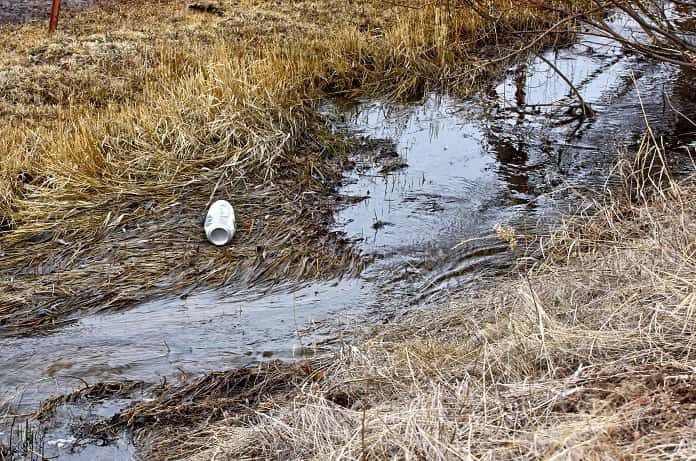By 2050, the amount of plastic waste in our environment will have quadrupled. If we continue with current disposal habits, 70% of it will end up in our environment.
Plastic has become associated with almost every product, from the bags we use for fresh produce to cutting-edge medical tools. The durability, malleability, and hydrophobicity are just a few of the reasons for its ubiquity. The durability is mostly due to its inability to be broken down by microbes, unlike more typical waste (food, paper, clothing etc). Unfortunately, the properties that make plastic attractive for human use are the same properties that make it an environmental issue. Additionally, we’re becoming more aware of how the degradation of plastic waste can be severely harmful to human health.
Our understanding of the toll plastic waste will take on the environment and human health has taken a largely reactive, instead of proactive, approach. For example, islands of plastic waste had to first start accumulating in the ocean for us to recognize we need a way to break it down, or at least filter it out. A team of researchers have published a research paper in the journal Science Advances, recognizing this “reactive” approach and addressing the first question: how much plastic are we going to have to deal with?
By collecting global data on plastic production and how it’s discarded, researchers determined that 79% of plastic is virgin, meaning new, or non-recycled. This virgin plastic is created by an energy & water-intensive process. Only 9% of plastic waste is recycled, and 12% is incinerated- which isn’t ideal either. The remainder is polluting our environments or sitting in our landfills until it degrades (details on this timeline are still unsure). We anticipate over 26 billion metric tons of plastic waste will be in the environment by 2050.
This first-ever global analysis has highlighted some of the surprising and dangerous side effects of society’s addiction to plastic. Obviously, there needs to be a concerted effort to decrease the amount of plastic being used and find an efficient way to break it down and/or remove it from the environment. A few hopeful innovators are working on massive plastic waste “filters” in the ocean, or genetically engineering microbes to break the durable waste down. If we do not discover a way to properly degrade plastic, we’re going to have to start thinking of new places to put all of it.
Written by Soleil Grisé, HBSc
References:
Giorgia GuglielmiJul. 19, 2017, 2:00 PM, Jennifer Yachnin, E&E NewsAug. 18, 2017, 17, 2. J., 17, 2. K., & 17, 2. B. (2017, July 26). In the next 30 years, we’ll make four times more plastic waste than we ever have. Retrieved August 20, 2017, from http://www.sciencemag.org/news/2017/07/next-30-years-we-ll-make-four-times-more-plastic-waste-we-ever-have



